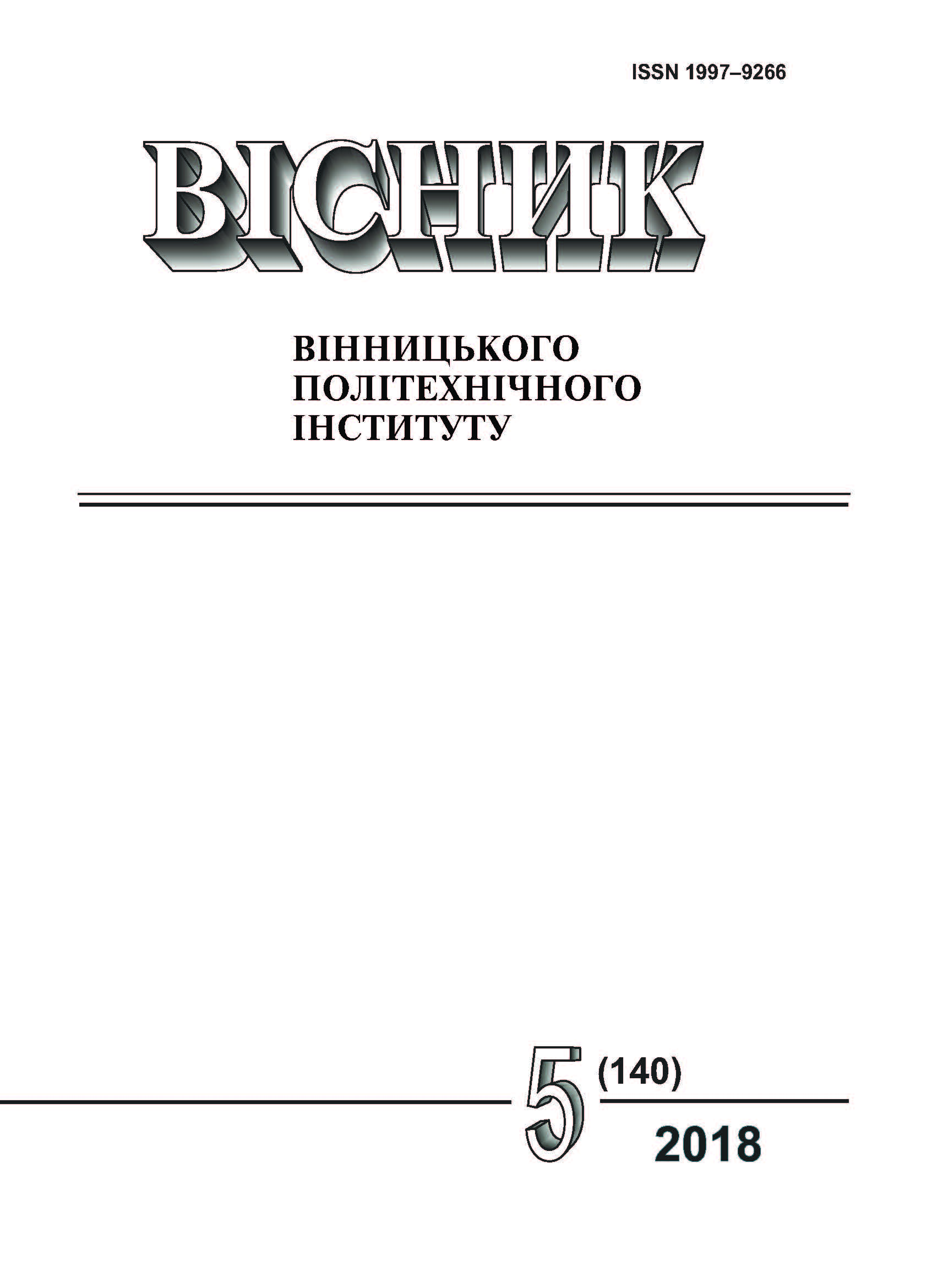Finite-Element Simulation of Think-Wall Ring in the Three-Jaw Chuck
DOI:
https://doi.org/10.31649/1997-9266-2018-140-5-79-84Keywords:
three-jaw chuck, thin-walled ring, binding force, shape error, radial deformation, finite element simulationAbstract
The article analyzes the designs of lathe chucks and establishes the main directions for their optimization design. Dependences were found for determining the elastic deformations of a thin-walled ring when it was fixed in a three-jaw chuck — depending on the type of fixation. The dimensions of the supporting surface of the chuck jaws were optimized by the criterion of the minimum error in the shape of the hole of the cylindrical ring fixed in it. The optimization was carried out in two stages. The first stage covers the optimization of the width of the support surface, and the second covers the optimization of its diameter. A study of the behavior of the finite element model for a wide range of loads and ring sizes, in particular their curvature (ratio of the thickness of the cross-section of the ring to its median radius) in the range 1/5…1/20, found that the error in the shape of the hole of the ring fixed in the cartridge: increases linearly with increasing cam load, and inversely proportional to their third-degree curvature (for rings of small curvature) decreases with increasing cam width. In this case, for the ratio of the diameters of the bearing surface of the cam to the base (outer) surface of the ring: less than the one maximum errors are reached; close to one error decreases; more than one practically does not change. Graphical dependences the error in the hole shape of the steel ring from the width of the cam support surface and the ratio of the cam and ring diameters in contact. Investigation of the deformation of the constructed finite element model of the technological system "ring-cams of a three-jaw self-centering chuck" determined the optimal parameters of the cam surface by the criterion of the least error in the shape of the hole in the ring. Verification of the finite element model, performed by comparing the results of numerical analysis with analytically calculated values of the ring deformation and the error of its hole shape during fastening in a cartridge with narrow jaws confirmed its adequacy and accuracy. The discrepancy between the results for both methods was less than 2,5 %, which is quite enough for engineering forecasting.
References
В. C. Корсаков, Основы конструирования приспособлений. Москва, Россия: Машиностроение, 1983, 277 с.
Е. Ю. Денисова, «Технологическое обеспечение точности механической обработки тонкостенных деталей авиационных двигателей», автореф. дис. канд. техн. наук, спец. 05.02.08, Технология машиностроения, ОГТУ. Омск, Россия, 2012.
Т. В. Галузина и А. В. Поляков, «Исследование изменений формы и расположения кольцевых заготовок малой жесткости» в Вестник Самарского гос. аэрокосмического ун-та, № 3(27), Самара, Россия, 2011, с. 222-226.
В. С. Корсаков, Основы конструирования приспособления. Москва: Машиностроение, 1983, 277 с.
Б. М. Вардашкин, ред., Станочные приспособления: справочник, т. І. Москва: Машиностроение, 1984, 592 с.
Downloads
-
PDF (Українська)
Downloads: 211
Published
How to Cite
Issue
Section
License
Authors who publish with this journal agree to the following terms:
- Authors retain copyright and grant the journal right of first publication.
- Authors are able to enter into separate, additional contractual arrangements for the non-exclusive distribution of the journal's published version of the work (e.g., post it to an institutional repository or publish it in a book), with an acknowledgment of its initial publication in this journal.
- Authors are permitted and encouraged to post their work online (e.g., in institutional repositories or on their website) prior to and during the submission process, as it can lead to productive exchanges, as well as earlier and greater citation of published work (See The Effect of Open Access).





